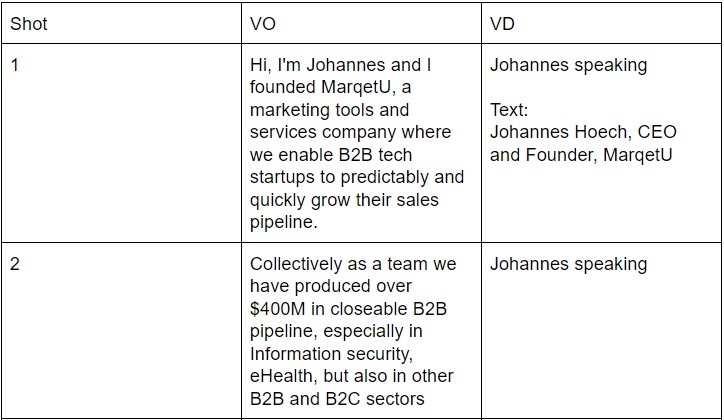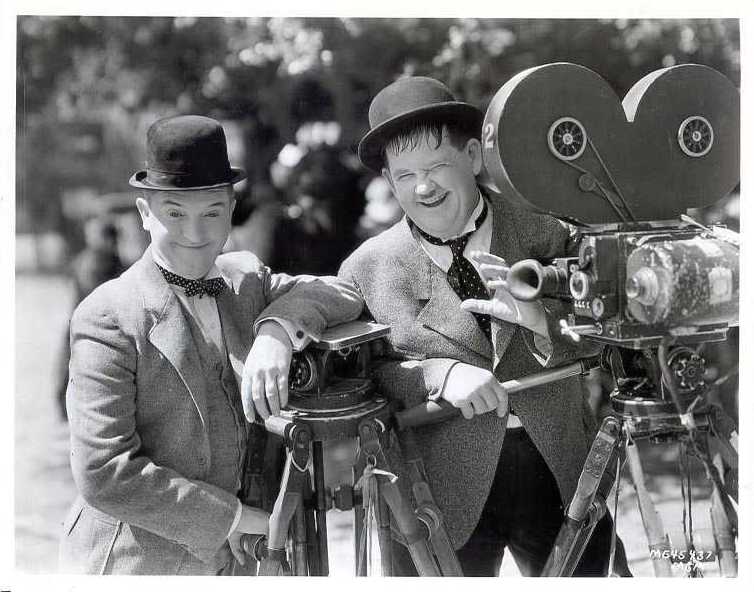Telling your story via video: How to easily create, edit, and promote native video content on LinkedIn
Telling your story via videos has become the most effective format to drive interest and awareness online. See for example this great infographic by Renderforest with some compelling stats highlighting the benefits of video over other content formats. The problem is, who has time or budget to create a series of videos?
So we wanted to share our own experience in creating fun, low-budget videos that tell your story, especially on LinkedIn, which is fast becoming the most trusted social media platform for B2B marketers. Since we are in the process of developing some quick and engaging video content for the LinkedIn audience, we realized our research may help you utilize LinkedIn’s native videos too.
So what is the difference between videos shared from platforms like YouTube, Vimeo etc. and LinkedIn’s native videos? Unlike shared video content, which requires an initial upload to YouTube prior to sharing from a link, native videos can be uploaded directly into the LinkedIn video feed.
Why LinkedIn video and not another platform like YouTube?
LinkedIn has a very engaged user base with 40% of LinkedIn’s engaged users accessing the platform on a daily basis. It is better to upload your videos directly on LinkedIn as opposed to sharing a YouTube link because the LinkedIn algorithm gives native videos more weight. This means that native videos show up more often in the feed than a video that was uploaded on another platform and then shared on LinkedIn.
Appearing more often in front of your LinkedIn audience can help you increase brand awareness and loyalty with B2B decision makers and influencers on the platform. In fact, 38% marketers use LinkedIn video and 75% of them believe that LinkedIn videos are effective.
To make a video LinkedIn native, you can upload your video from the same area in the newsfeed page that you generally use to write posts.

In this post, you will find a quick end-to-end guide to developing and sharing LinkedIn native videos that covers steps like messaging, scripting, shooting, editing, and promoting your videos.
Defining your message, scripting, and call to action:
Like it is in case of all types of content, LinkedIn videos should be well-thought out, catchy, crisp, and easy to find and consume. Each piece of video content can be structured using a defined message, a script, and a call to action.
To define the message, ask yourself “What do we want the audience to take away from this video?” Keep this message at the center of your script. Some types of video content that you could create for your B2B audience include an introductory video about what your company does, quick chats with employees that are strong advocates for your company, instructional videos about your product etc.
Once you’ve decided your messaging, write a script to ensure that your message can be communicated clearly. Irrespective of whether you’re shooting a quick video or an elaborate interview, writing the script will bring structure to your video content and save a lot of time at the editing table. Develop your script in the form of a word doc consisting of a table with two columns- one column for the shot by shot description of the audio portion of your video and one for the description of the visual portion. Below is an example of how we used this format to write a script for one of my videos:

Writing a script as opposed to recording extempore, will also enable you to get feedback from your team members before you shoot.
Next, close your script with a strong call to action. A clear and strong call to action ensures continued engagement in the form of LinkedIn comments from your audience. These comments may also be a good source of ideas for future videos.
Shooting your video:
Marketers are increasingly realizing the value of the quality of message over the production value of videos. Get started with a basic setup like the front camera of your mobile phone or mounting your phone on top of a make-shift tripod i.e. anything that will hold your phone and keep it stable while you record.
Another great way to shoot a video is using the record feature on a video conferencing app like Zoom or Google Meet. This setup is especially useful for product demos or instructional videos where you may need to share your screen.
As for your look, dress casual or formal based on your brand image. Remember to look into the camera and keep it conversational. We also recommend shooting horizontally because LinkedIn automatically transforms a vertical video to the horizontal format after upload. However, if you’ve already got some good footage vertically, don’t fret. Shoot the rest of the video vertically and maintain uniformity.
Editing your video:
Most marketers will agree that shorter content, while tougher to create, is more effective and engaging than long videos. I had previously shared similar opinions from a Silicon Valley marketing community meet up here.
So, how long should the video be? While LinkedIn allows the upload of videos anywhere between 30 seconds and 10 minutes, videos that are one to three minutes long are known to perform the best.
For editing your footage, use free video editing platforms like iMovie (iOS users) or others mentioned in this Shopify blog post. Next, remember to caption your videos. 85% of social media videos are now watched with no sound. Not just that, make sure to include images and infographics that will aid visual interpretation for your audience even when their audio is switched off.
Sharing and Promoting:
Once you’re satisfied with your edit, upload the video on LinkedIn with a supporting copy, relevant tags and hashtags, and a link to your website/product in the description.
For the supporting copy, describe your video using 150 characters or lower. The supporting copy sets the context for the video and piques the interest of your audience. Including a relevant link in the copy makes it easier for your audience to find out more about your brand if they decide to do so after watching your video. Based on the topic of your video, remember to use appropriate hashtags and tag any relevant companies or people you’ve mentioned in your video. This will help you get your content in front of people beyond your immediate network.
Finally, continue to engage with your audience by replying to their comments under the video. Commenting with updates or other related links under your post even after people have already engaged with the post helps you cover multiple facets of the topic and sometimes may also help you put together a summary of the things you learnt from audience feedback after you posted the video.








